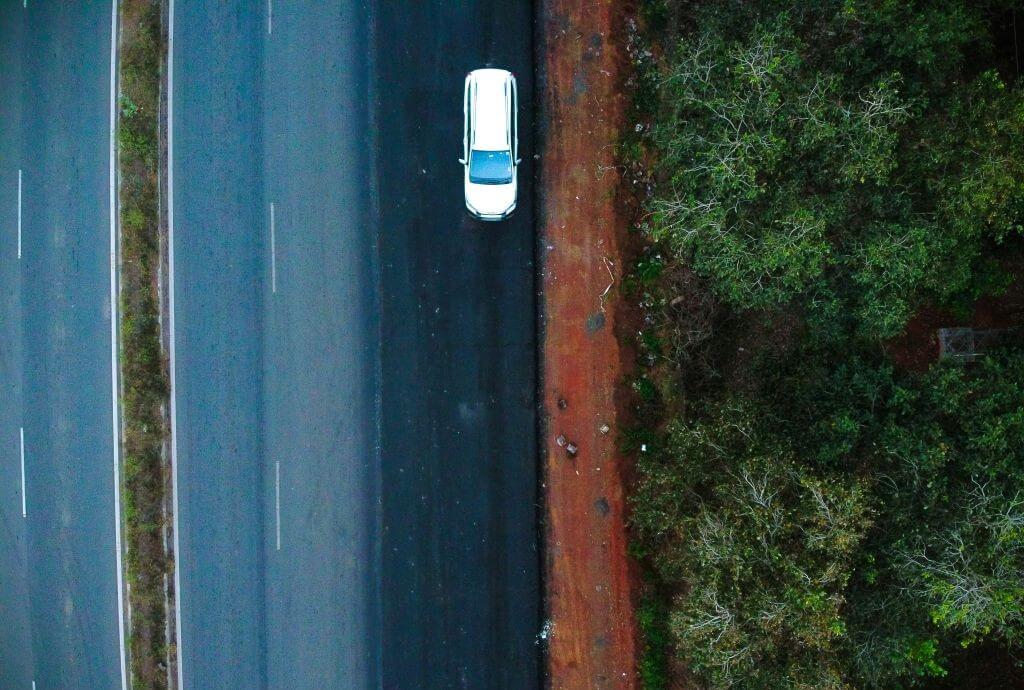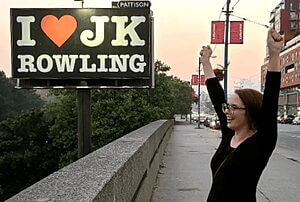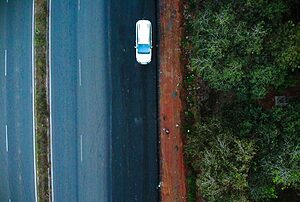In brief
- A viral video shows a cyclist flipping over handlebars after a car pulled out in Auckland, sparking a $12,800 claim.
- Analysis suggests the cyclist never hit the car but crashed into another rider, raising questions about fault.
- The bigger issue: how did the cyclist obtain the driver’s home address on a public holiday?
- Police are investigating, but the Herald’s coverage does not address central questions about the incident.
Several questions need to be asked
Why did the New Zealand Herald choose to run this story, and why does its reporting appear to favour the cyclist, especially given concerns that he may have inappropriately accessed the motor vehicles database to track down and confront a pensioner driver at her home?
The incident was caught on another cyclist’s helmet cam, and the cyclist at the centre of the alleged “collision” video in Auckland may have a hard time proving his near $13,000 damages claim against the pensioner who pulled out in front of him on New Year’s day.
The video of the incident, showing the cyclist flipping over the handlebars, went viral after featuring in the Herald, not just because it’s dramatic but also because it touches on the tensions and dangers created by growing numbers of cyclists using the roads.
Let’s set the scene
It’s a beautiful sunny morning in Auckland’s Clover Park, where a Wellington “traffic safety engineer” is second in a line of four closely bunched riders cycling at between 30-35km/h.
The Herald doesn’t name the complaining cyclist in a story headlined “Auckland cyclist spins through air after collision, confronts pensioner driver at home”. The paper does, however, name the purported villain, 68-year-old grandmother Mele Kauvalu.
The Herald took a screengrab from YouTube, showing the bike flipping as the car pulled out.
The $20,000 custom bike is now at the centre of a $12,800 Disputes Tribunal claim in March, with the pensioner saying she has no way of paying such a large bill. But with the right legal advice (although lawyers can’t take part in Tribunal hearings themselves) she may not have to.
Frame-by-frame analysis of the video reveals the four cyclists were about eight or nine car lengths away when the black Mitsubishi began to pull out from a line of parked vehicles ahead of them.
The cyclists are travelling at a maximum of 10 metres per second. The car pulls out at four seconds in the Herald video, but the “collision” doesn’t happen until six seconds later, at the 10 second mark. That’s six seconds (count them, ‘a thousand and one…), and a whopping 60 metres of clear space, but the cyclists don’t appear to have been paying attention.
In fact, the cyclist involved never hit the car (none of the cyclists did); instead, he hit the cyclist in front of him who had slowed down. Again, this suggests a woeful lack of attention by the road traffic safety engineer.
The Land Transport Act road rules suggest the cyclist was at fault for squandering 60 metres of stopping space:
Road rule 5.9: “a driver must not drive a vehicle on a road that is not marked in lanes at such a speed that the driver is unable to stop in half the length of roadway that is visible to the driver”.
The NZTA Cycling Code, a Road Code extension for cyclists, also suggests blame lies with the cyclist in this instance: “It is your responsibility to be aware of hazards. Scan for hazards and be ready to deal with them. Hazards can come from the road and environment around you, and from the people you share the road with.”
Is the cyclist actually to blame?
So, to recap, a car begins pulling out some 60 metres (11 car lengths) ahead of the group, clearly seen on video, but the cyclists either weren’t paying attention or foolishly assumed the motorist would see them from that distance and reverse back into the carpark, out of the way.
While the traffic engineer claims the car driver was obliged to give way, the Cycle Code again says vehicles in front already have the right of way, and cyclists coming up from behind should have known the car was not required to stop:
“Giving way to someone means you make sure that person doesn’t have to do anything to avoid you. For example, they don’t have to stop, slow down or swerve.”
(story continues after photos)




Who told the cyclist where to find the driver?
But perhaps the most serious question of all is the one we began with: how did the cyclist track down the motorist to her home?
The “accident” happened at 8 am on New Year’s Day, a public holiday. According to the Herald, the cyclist was banging on the door of the pensioner’s home on January 2 – also a public holiday.
While motor vehicle rego details used to be available on a working day from the Post Office, that policy was changed decades ago for privacy reasons.
It remains unexplained at this stage how a Wellington “traffic safety engineer” was able, on a public holiday, to find out who the driver was and where they lived.
Police are reportedly investigating the car driver for leaving the scene of a collision, even though no bike ever touched the car. They may need to start looking at who looked up the driver’s home address and gave it to the cyclist.



















